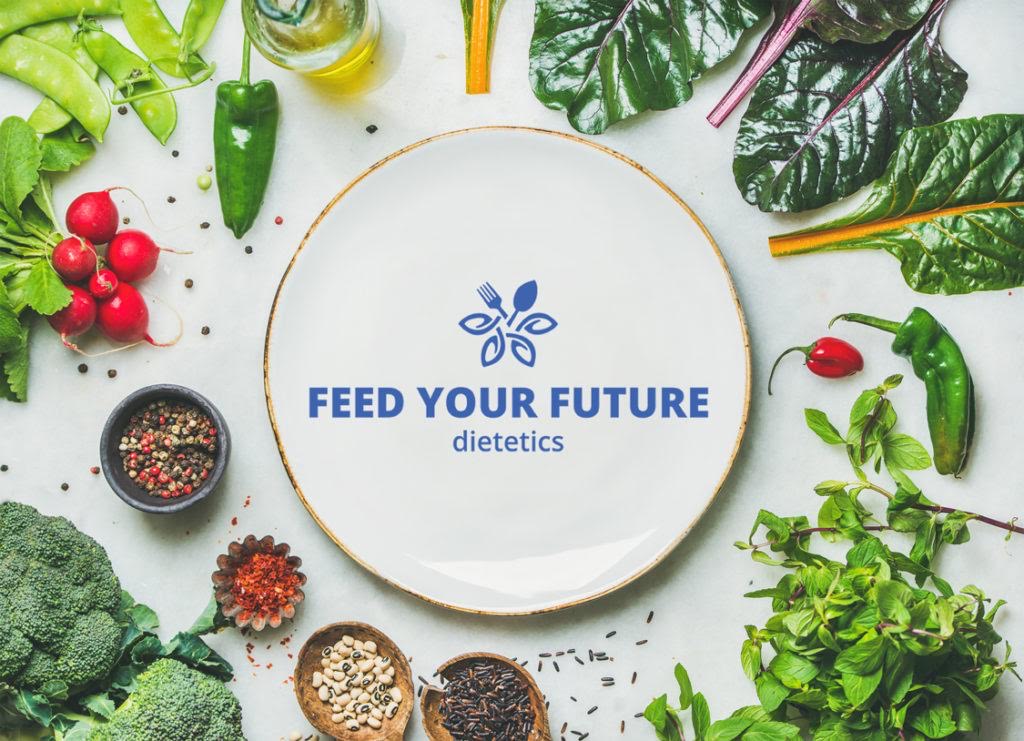Food allergies are on the rise in Australia. It is predicted that food allergy now affects one in every ten infants and around two in every one hundred adults in Australia. One of the biggest predictors of you developing an allergy is if your parents have allergies. Your diet, especially the diet of the mother both during pregnancy and while breastfeeding may help to reduce the risk of your child developing a food allergy.
This blog will focus specifically on the potential role of omega 3 polyunsaturated fat and vitamin D to reduce the risk of your child developing food allergy and food sensitization. Omega 3 fat is an essential polyunsaturated fat. This means that your body cannot produce this type of fat by itself, and you need to obtain it from your diet. Common food sources of omega-3 fat include fatty fish like sardines, herring, mackerel, anchovies, and salmon. Plant sources of omega-3 fat can be found in seaweed, edamame, hemp seeds, chia seeds, flaxseeds, and walnuts.
Vitamin D is a fat-soluble vitamin which you primarily get from exposure to the sun. It can also be found in foods like dairy, seafood, egg yolk, mushrooms exposed to sunlight and fortified cereal products and margarine.
There is promising research around the mother having sufficient levels of these two nutrients to reduce the of her child in developing food allergies and to have sensitization to food. Research of one study found that maternal omega-3 supplementation was significantly associated with decreased risks of infant egg sensitization, peanut sensitization among children.
Another study investigated the effects of both omega 3 fat and vitamin D status of the mother and risk of developing food allergies. It was concluded that vitamin D deficiency in pregnancy suppresses T regulatory cells in the foetus. T regulatory cells are a type of immune cell which play an important role in suppressing mast cells, a type of allergy cells which are responsible for immediate allergic reactions and ILC2, or innate lymphoid cells are counterparts of T cells which contribute to an immune response. When both immune cells are suppressed, it reduces the capacity to develop a food allergic reaction.
This research also proposed that dietary omega-3 fat have many benefits to promote health including playing a role in the immune system as anti-inflammatory agents. Dietary omega 3 fat provide stabilization to your cell membranes and inhibit antigen presentation. This is a step which promotes an allergic response. The researchers suggested that if the mother supplemented with omega-3 fat during pregnancy this may protect from allergic sensitization in the children.
Before you head to the supplement isle at the supermarket, a food first approach is always best. Seafood which contains both high amounts of omega-3 fat and are a source of vitamin D, and have lower mercury risk levels include salmon, herring, anchovies, canned tuna. Also, shellfish including prawns, lobsters, and oysters. During pregnancy it is recommended to include seafood with lower mercury levels two to three times a week with a serve being one hundred grams of cooked seafood.
Take home message: The risk of your child developing an allergy to food is mostly determined by genetics. Saying this, the role of the diet of the mother may play a role in reducing the chance of her child in developing a food allergy. Vitamin D and omega-3 fat are two examples of nutrients which may play an important role in reducing the risk of your child developing food allergies.
References:
- Feketea G., Kostara M., etal, (2023) Vitamin D and omega-3 (fatty acid) supplementation in pregnancy for the primary prevention of food allergy in children-literature review https://www.ncbi.nlm.nih.gov/pmc/articles/PMC10047068/doi: 10.3390/children10030468
- Huynh L.B.P., Nguyen N.N., etal, (2023) Maternal omega-3 supplementation during pregnancy, but not childhood supplementation, reduces the risk of food allergy diseases in offspring https://www.sciencedirect.com/science/article/abs/pii/S2213219823006475 doi: https://doi.org/10.1016/j.jaip.2023.06.005
- Allergy and Intolerance. NSW Government Food Authority. https://www.foodauthority.nsw.gov.au/consumer/life-events-and-food/allergy-and-intolerance
- Noval Rivas M, Chatila TA. Regulatory T cells in allergic diseases. J Allergy Clin Immunol. 2016 Sep;138(3):639-652. doi: 10.1016/j.jaci.2016.06.003. PMID: 27596705; PMCID: PMC5023156.
- Mast Cell Activation Syndrome (MCAS), America Academy of Asthma, Allergy and Immunology. https://www.aaaai.org/conditions-treatments/related-conditions/mcas
- Innate Lymphoid Cells in Mucosal Immunity Front. Immunol., 07 May 2019, Sec. NK and Innate Lymphoid Cell Biology, Volume 10 - 2019 | https://doi.org/10.3389/fimmu.2019.00861
- Mercury in Fish. Better Health Channel. https://www.betterhealth.vic.gov.au/health/healthyliving/mercury-in-fish








